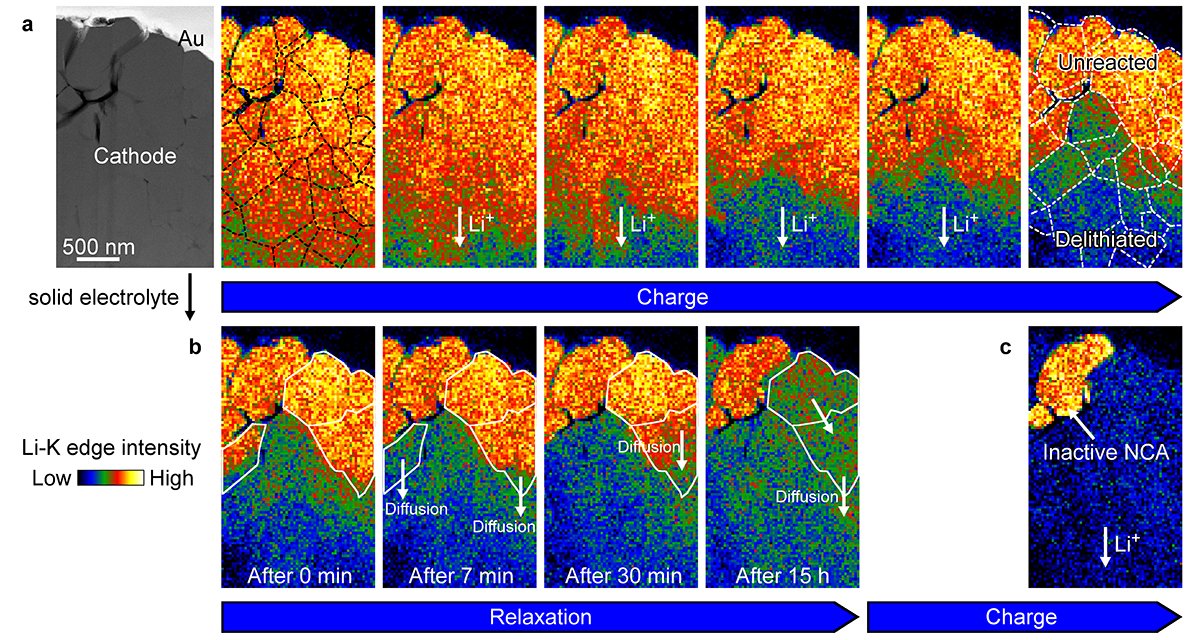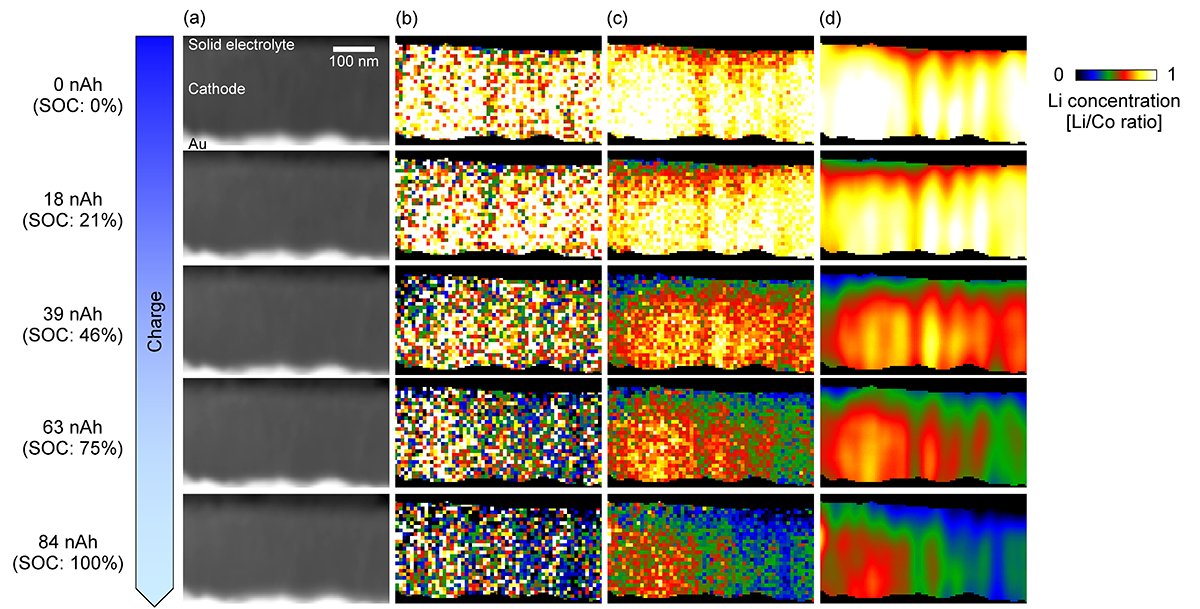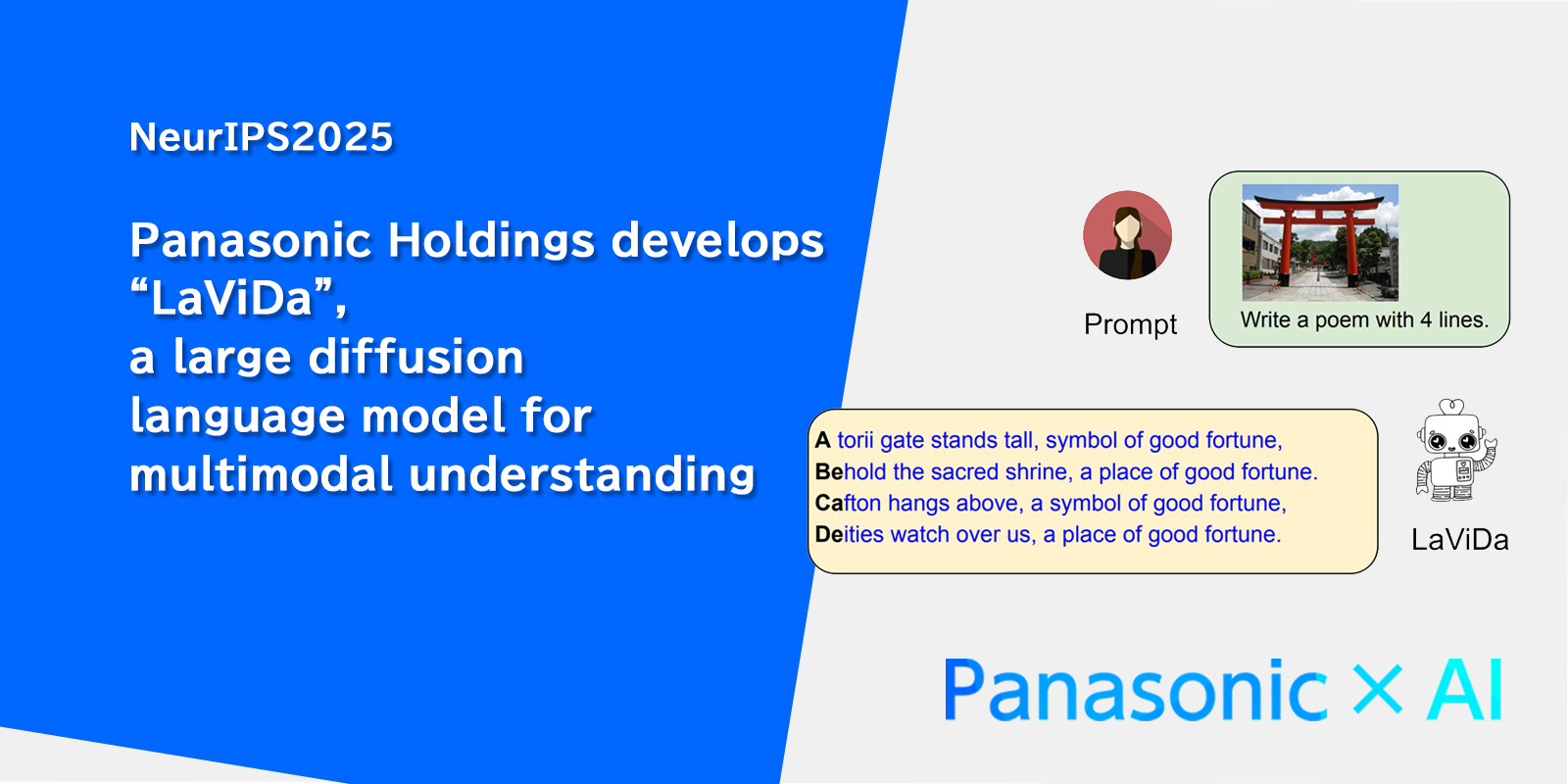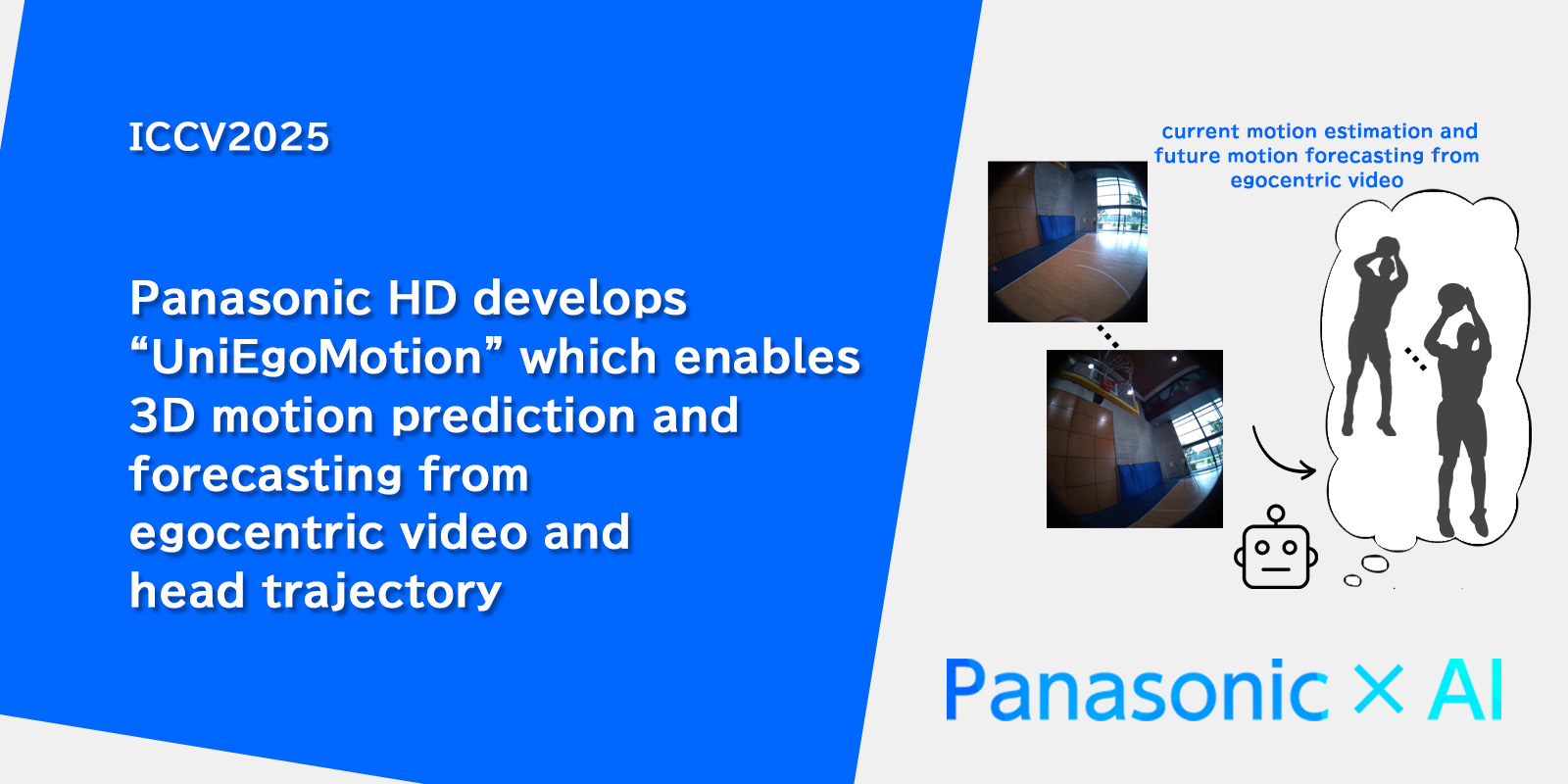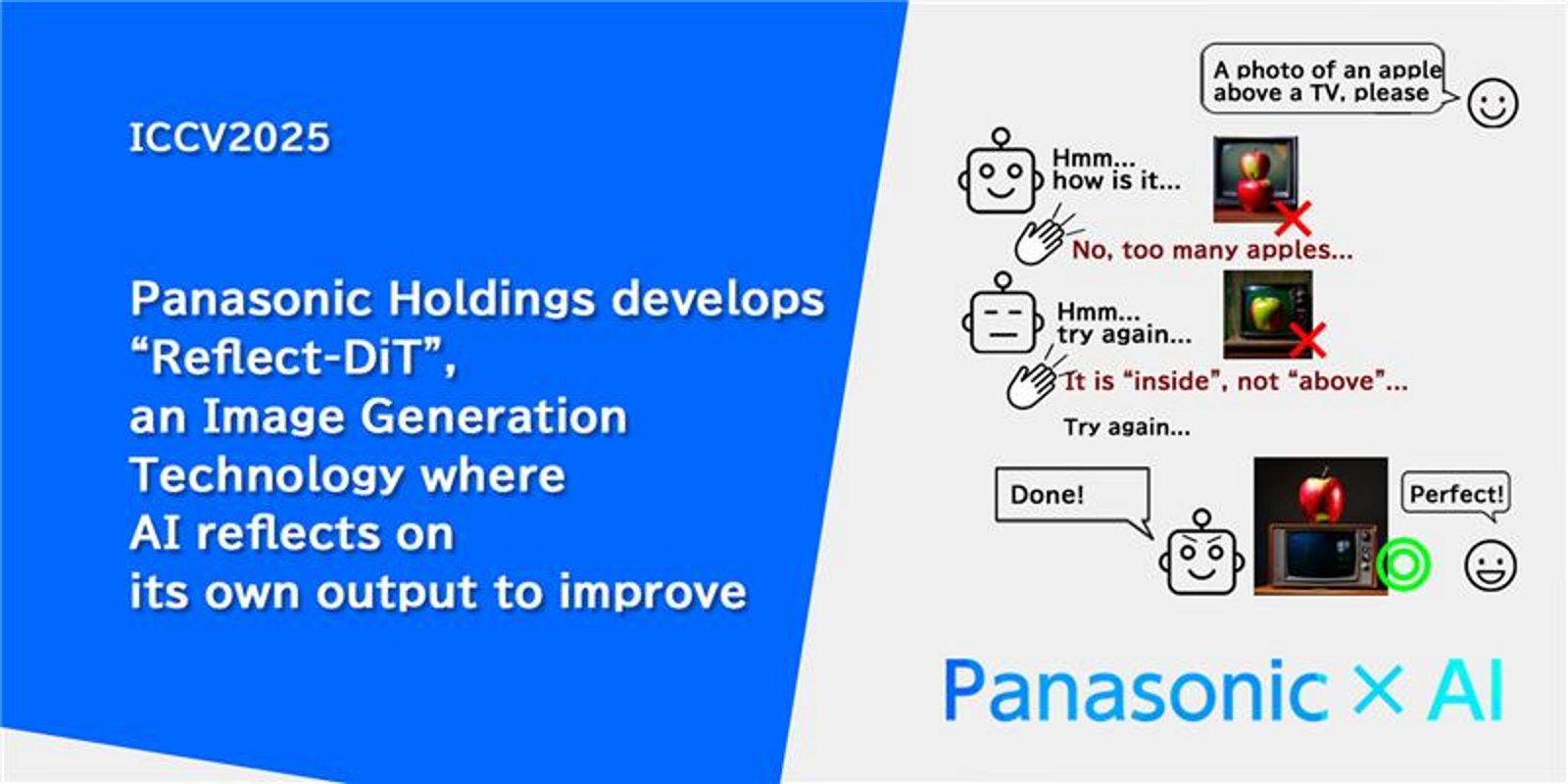Osaka, Japan - On July 9, 2020, Panasonic Corporation announced development of technique to visualize lithium-ion dynamics in all-solid-state batteries on a nanometer scale in real time, in collaboration with Japan Fine Ceramics Center (JFCC) and Institute of Materials and Systems for Sustainability, Nagoya University. The technique, which makes use of scanning transmission electron microscopy (STEM) and machine learning, was applied to both bulk-type and thin-film-type all-solid-state lithium ion batteries.
This technique has enabled the visualization of lithium ion transfer resistance, which has revealed that the lithium ions are charged and discharged with complex diffusion processes, and their movements are disturbed at crystal grain boundaries within cathode materials. These findings clarified the criteria for designing high-performance all-solid-state batteries, and will therefore make huge contributions to their future development.
These research results were published in the online version of ACS Energy Letters (May 27, 2020) and the online version of Nature Communications (June 4, 2020). Both studies were partially supported by a Grant-in-Aid for Scientific Research KAKENHI (JP17H02792) from the Japan Society for the Promotion of Science (JSPS).
Fig. 1: Real-time observation of lithium ions in cathode materials of the bulk-type all-solid-state batteries.
(a) STEM image and corresponding lithium maps showing the lithium dynamics during high-speed charging. The black and white broken lines indicate the crystal grain boundaries of primary cathode particles.
(b) Relaxed distribution of lithium following the high-speed charging.
(c) Lithium distribution following low-speed charging. (Figures have been partially modified and reproduced with permission from the below-mentioned article *a. Copyright 2020 American Chemical Society.)
1. Background
All-solid-state lithium-ion batteries*1 have the potential to be highly safe while boasting high energy density, and, as a promising candidate to be a next-generation secondary battery, active research and development is underway worldwide. However, the high transfer resistance of lithium ions in the all-solid-state batteries is one of the issues that must be solved, especially when operating at high current conditions.
To overcome the issue, it is necessary to clarify the charge and discharge mechanisms in the all-solid-state batteries, as well as the reason why their performance degrades during the charge and discharge processes, and the findings need to be applied to the design of materials and devices. In particular, understanding how lithium ions move within the batteries is an important key for creating high-performance batteries.
There are predominantly two types of all-solid-state batteries: compact thin-film-type batteries*2, which will be used in IoT devices and other similar equipment; and high-capacity bulk-type batteries*3, which will be used for automotive applications. In September 2018, Panasonic, JFCC and Nagoya University together developed an operando STEM technique*4,5 to visualize the movement of lithium ions in thin-film-type all-solid-state batteries.
2. R&D Achievements
Panasonic and its collaborators have now developed a new operando STEM technique for real-time observation of lithium ions in the high-capacity all-solid-state bulk-type batteries. The exposure time to record one image has been drastically improved from approximately 15 minutes to just 30 seconds, resulting in the real-time observation of lithium dynamics during charge and discharge reactions. This technique has revealed how lithium ions move at the nanometer scale, in the two types of all-solid-state batteries, thin-film type and bulk-type, and has provided important findings to show where the transfer resistance of lithium ions occur.
Key Points of the New Technology
Improvements of scanning transmission electron microscopy techniques and optimization of the sample shape
As the sample size is limited for observation in scanning transmission electron microscope, so far it had been extremely difficult to operate real-size bulk-type all-solid-state batteries in the microscope. In this research, the sample holder of the microscope has been improved and also the shape of the samples has been optimized for the observation of lithium in the bulk-type all-solid-state batteries. As a result, a precise operando STEM technique was successfully realized for analysing the lithium distribution in the bulk-type all-solid-state batteries.
Application of machine learning
Conventional transmission electron microscopy has a low sensitivity to detect lithium ions because they are light elements, and therefore, it had been very difficult to observe the lithium ions in real time. However, this new technique combined with a machine learning*6 method known as sparse coding--which can effectively reduce the noise and enable super-resolution in the images--to electron energy-loss spectroscopy (EELS)*7, a monitoring technique that can detect lithium ions. The new technique has enabled rapid imaging of lithium ion distribution during charge and discharge reactions.
Fig. 2: Real-time observation of lithium ions in thin-film-type all-solid-state batteries.
(a) (in column) STEM images.
(b) Noisy, low-resolution images showing lithium distribution, recorded at a high scanning speed condition.
(c) Images calculated from (b) using spectral fitting, showing lithium distribution with noise reduction.
(d) Images from (c) using sparse coding, showing super-resolved lithium distribution without noise.
(Figures have been partially modified and reproduced from the below-mentioned article *b. Copyright 2020 Springer Nature.)
3. Future Plans
The findings obtained by this new technique can be used for the development of materials and devices for all-solid-state lithium ion batteries. It will drastically improve the design of batteries with low resistance of lithium ions, thereby leading to the production of higher-performance all-solid-state batteries.
4. Published Articles
Article *a
Authors: Yuki NOMURA, Kazuo YAMAMOTO, Tsukasa HIRAYAMA, Emiko IGAKI, and Koh SAITOH
Title: Visualization of Lithium Transfer Resistance in Secondary Particle Cathodes of Bulk-Type Solid-State Batteries
Magazine: ACS Energy Letters 5, 2098-2105 (2020)
Article *b
Authors: Yuki NOMURA, Kazuo YAMAMOTO, Mikiya FUJII, Tsukasa HIRAYAMA, Emiko IGAKI, and Koh SAITOH
Title: Dynamic imaging of lithium in solid-state batteries by operando electron energy-loss spectroscopy with sparse coding
Magazine: Nature Communications 11, 2824 (2020)
Description of Terms
*1: All-solid-state lithium-ion batteries
Secondary batteries in which the cathodes, electrolytes, and anodes are all made of solid ceramic.
*2: Thin-film-type all-solid-state batteries
Miniature all-solid-state batteries in which the electrode layers, commonly produced using vacuum processes such as sputtering, are between 0.1µm and several µm thin. Expected to be used in lightweight, compact devices such as those connected to the IoT.
*3: Bulk-type all-solid-state batteries
Large all-solid-state batteries in which the electrode layers, produced using simple processes such as coating, are between several dozen µm and several hundred µm thick. Expected to be used in automotive applications and others that require large capacities.
*4: Scanning transmission electron microscope (STEM)
A microscope that magnifies images of samples to detect the scattered electrons. It enables nanoscale compositional analyses and atomic structure analyses.
*5: Operando analysis technology
A technology that enables dynamic analysis while operating a device. It allows observation of the charge and discharge behavior of batteries in conditions that are similar to actual operating conditions.
*6: Machine learning
A computer algorithm that categorizes and forecasts data based on the data it has learned. This research project used a form of machine learning known as sparse coding, which learns the characteristics of images.
*7: Electron energy-loss spectroscopy (EELS)
A method to analyze the state of elements and electrons in materials by measuring the energy that is lost when electrons pass through a sample. It is an effective analysis technology for detecting light elements such as lithium.
# # #
- Disclaimer:
- We would like to note that Panasonic Newsroom is not a place to address personal Customer Service issues. Even though this is not the forum, Panasonic is always eager to resolve your concerns. Our local customer services contacts can be found at Global Support or you can see our list of Social Media Accounts to find the right channel for your queries and concerns.

